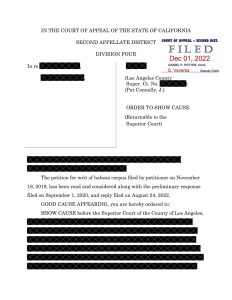Welcome to Power Trial Lawyers, where your rights and your future matter to us. Located in the heart of Orange County and Los Angeles County, we provide staunch representation for individuals facing gun crime charges. Our mission is to protect your dignity, rights, and freedom at every turn of the often intimidating landscape of legal proceedings. With our in-depth understanding of intricate firearm laws, our team is strongly equipped to stand by your side to navigate through these challenging times. We stand ready to defend you no matter how intricate your case may be. Reach out to us at (213) 800-7664. At Power Trial Lawyers, we believe in your voice, and we fight to ensure it gets heard.
Types of Gun Crimes
In California, understanding the laws surrounding gun crimes isn’t just important, it’s crucial for maintaining your rights and freedom. Our firm, with its solid presence in both Orange County and Los Angeles County, has a team of attorneys well-versed in representing clients involved in these offenses. Let’s unpack some of the most typical types in California:






























